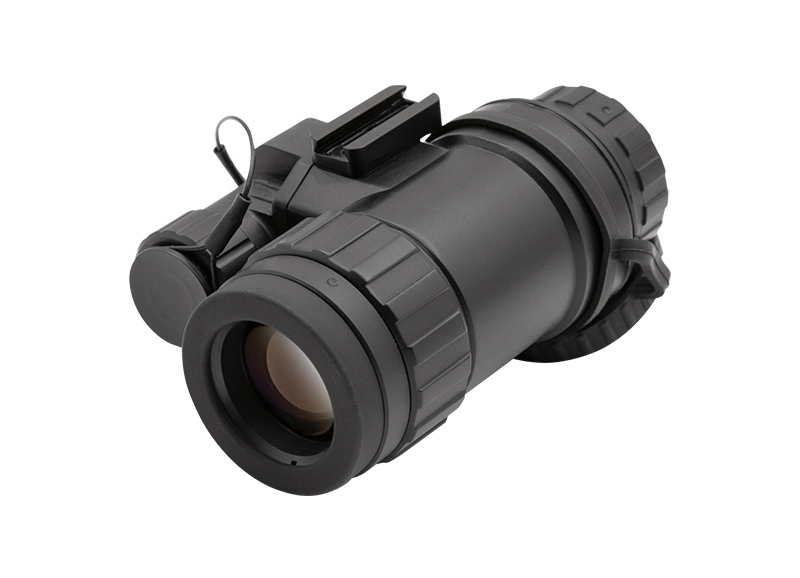December 27, 2024By: MH TECHView: 182

Imaging quality and resolution
Military night vision goggles: extremely high requirements for imaging quality and resolution. Because military operations often require accurate identification of targets at a distance, such as in reconnaissance missions, it is necessary to distinguish detailed information such as the type of enemy weapons and equipment, the number of personnel, and the deployment of operations. Usually, high-resolution image intensifiers or detectors are used to provide clear and detailed images at a longer distance, so that soldiers can make accurate tactical judgments.
Civilian night vision goggles: relatively low imaging quality and resolution. Mainly used to meet general observation needs, such as outdoor adventure enthusiasts use to observe the general activities of wild animals, night walking paths, etc., the requirements for accurate identification of target details are not high, so the requirements in terms of resolution are not as strict as military use.
Detection distance
Military night vision devices: need to have a longer detection distance. In military combat scenarios, such as border patrols, battlefield surveillance and other tasks, it is necessary to be able to detect potential threats at a long distance in advance. Some advanced military night vision equipment can detect large targets at a distance of several kilometers or even farther to ensure the early warning and response time of military operations.
Civilian night vision devices: The detection distance is generally shorter. It is mainly used for close-range observation. For example, in civilian security monitoring, it is generally sufficient to cover an area within a few dozen meters; outdoor night vision devices usually only need to meet the observation distance within a few hundred meters, which is used to observe the surrounding environment and active targets.
Environmental adaptability
Military night vision devices: must be able to adapt to various extremely harsh environmental conditions. This includes extreme cold, extreme heat, high humidity, dust, heavy rain and other weather, as well as vibration, impact and other conditions that may be encountered in high-intensity military operations. Its shell is usually made of high-strength, corrosion-resistant materials, and the internal electronic components and optical parts are also specially treated to have waterproof, dustproof, shock-resistant and other properties. There are also strict requirements for temperature adaptability, and it can work normally in a wide temperature range.
Civilian night vision device: Although it also requires a certain degree of environmental adaptability, the requirements are relatively low. Generally, it can be used normally under ordinary outdoor environmental conditions, such as working in light rain, moderate temperature changes, etc., but it has weak tolerance for extreme harsh conditions such as military environments.